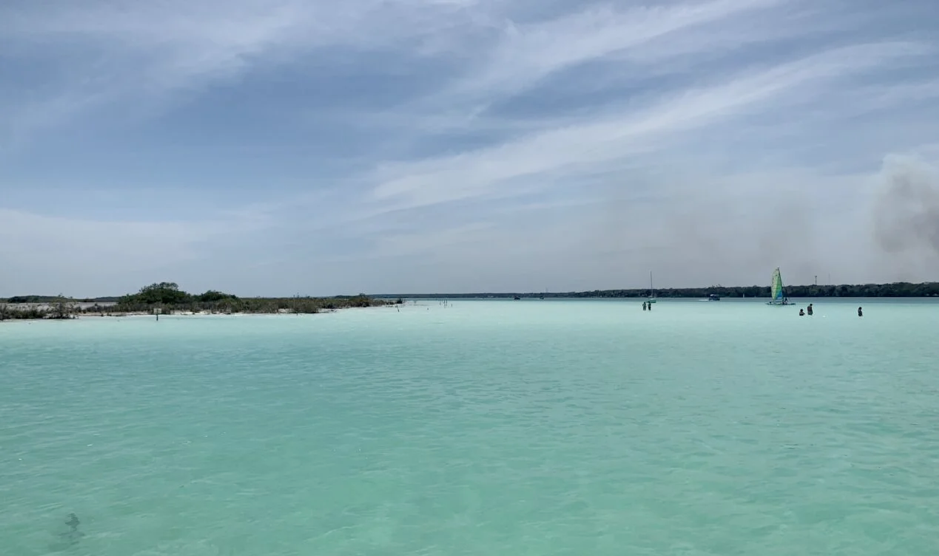The Phi Phi Islands have a fascinating history dating back hundreds of years, when they were inhabited by a community of fishermen and maritime traders. These islands also have a rich cultural history, with influences from various parts of the world, including China, India, and Indochina.
Over the centuries, the Phi Phi Islands have been a refuge for sailors, pirates, and traders seeking adventure and opportunities. However, it was only in the 20th century that the islands began to attract attention from the rest of the world. In 2000, the movie “The Beach,” starring Leonardo DiCaprio and based on the novel of the same name by Alex Garland, brought the Phi Phi Islands into the international spotlight, transforming them from a hidden paradise into one of the most coveted tourist destinations in the world.
Today, the Phi Phi Islands are famous for their white sandy beaches, crystal-clear waters, and limestone cliffs rising from the turquoise sea. Despite their status as a popular tourist destination, the islands still retain their natural charm and authenticity.
In 2004, the islands were devastated by a catastrophic tsunami that caused destruction and loss of life.
Despite the devastation caused by the tsunami, the Phi Phi Islands have shown extraordinary resilience and have recovered, rebuilding their communities and reaffirming their natural beauty.

Ko Phi-Phi
Ko Phi-Phi Don boasts stunning white sandy beaches, scenic limestone cliffs, and waters of precious hues. It’s a car-free and carefree island where parties last all night long and sound systems serenade the stars. If you came in search of serenity, the island’s sister, Ko Phi-Phi Leh, is an untouched park with coral reefs and internal lagoons.
With its curvy beaches and magnificent jungle surroundings, it’s no wonder that the Phi-Phi Islands have become among the most coveted tourist destinations in the world. Ko Phi-Phi is actually comprised of two islands: Ko Phi-Phi Don is an island crisscrossed by paths leading to small-scale bungalows and resorts, while the uninhabited Ko Phi-Phi Leh is a protected park allowing only day trips.


Ko Phi-Phi Leh
Phi-Phi Leh is protected on all sides by rugged and imposing cliffs. Coral reefs teeming with marine life lie beneath the crystal-clear waters and are highly popular among day-trippers.
Ever since Leonardo DiCaprio smoked a joint in the film adaptation of Alex Garland’s novel, “The Beach,” Phi-Phi Leh has become somewhat of a pilgrimage site. Aside from long-tail boat trips to Phi-Phi Leh, tour agencies organize sunset tours around the island that include Monkey Bay and Wang Long Beach.

Grotta dei Vichinghi
On the northeastern tip of the island, Viking Cave is a major collection point for valuable swifts’ nests, the key component of Chinese specialty bird’s-nest soup. Nimble collectors scamper up fragile bamboo scaffolding to the roof of the cave to gather the nests. Before ascending, they pray and make offerings of tobacco, incense, and liquor. The cave gets its misleading moniker from the 400-year-old boat graffiti created by crews of passing Chinese fishing junks. At research time, visitors were not allowed inside the cave, but most tour boats slow down for a good glimpse.
Ao Maya
In 1999, its beautiful sands were controversially used as a set for the film “The Beach,” based on Alex Garland’s cult novel. Natural sand dunes were flattened, and extra palm trees were planted to enhance the paradisiacal backdrop, and although the production team restored things, many claim the damage to the ecosystem has been permanent. The level of boat traffic here nowadays somewhat detracts from the serenity, but the setting is still spectacular.











